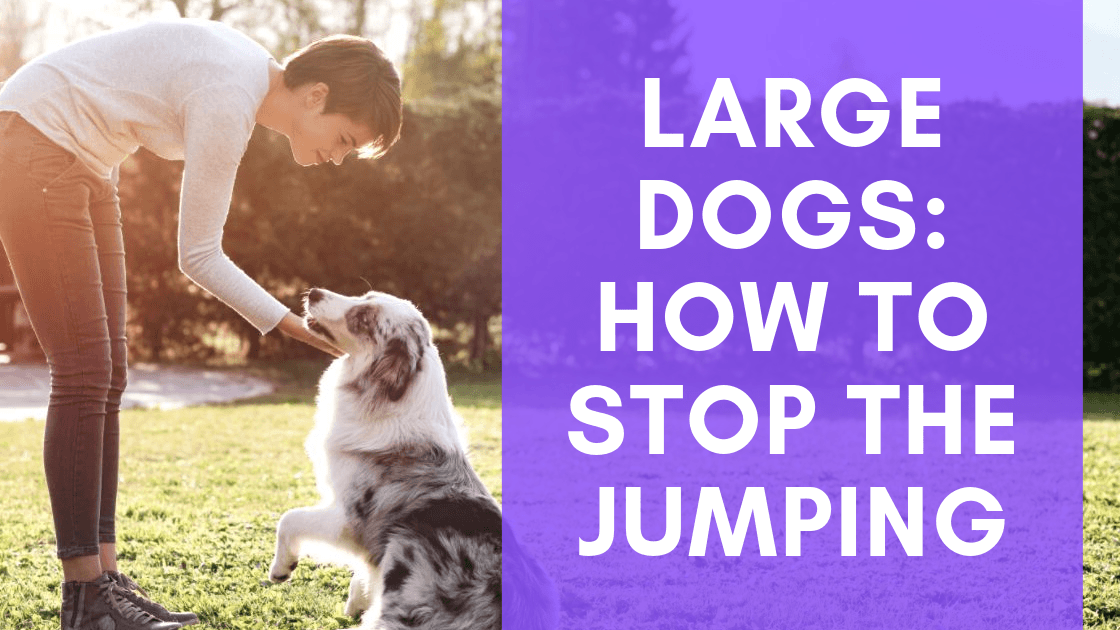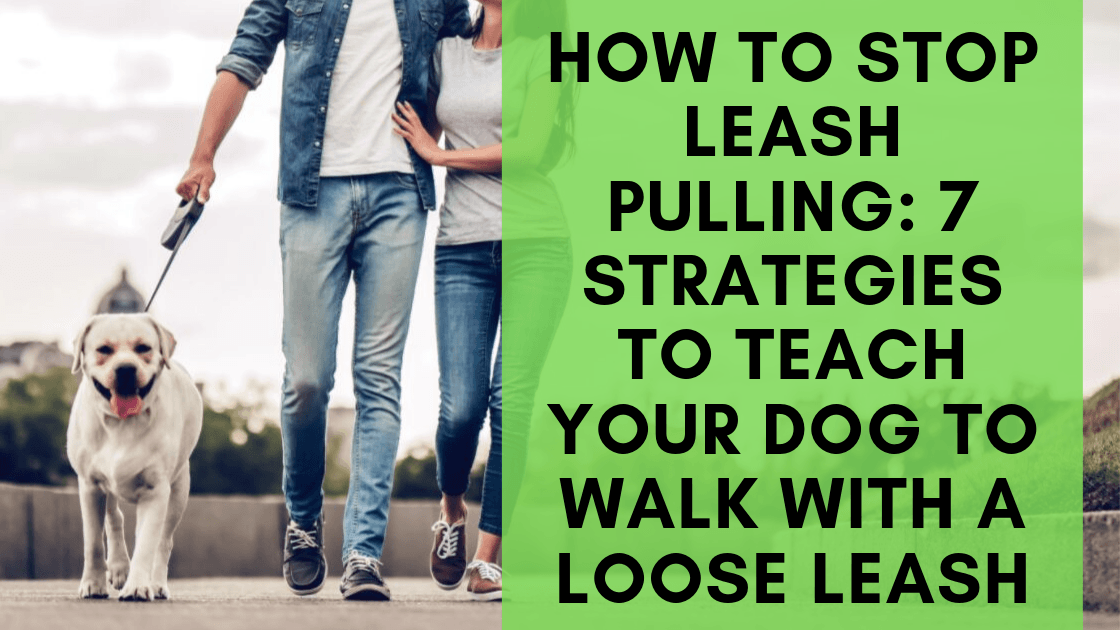Shedding and dogs. I sometimes wonder how my own dogs have any hair left on them at the end of a week. Ah! Dealing with your large dog’s shedding is enough to make you want to pull your own hair out.
The fact of the matter is, dogs shed. And preventing it entirely is impossible. But there are some things you can do to keep your dog’s shedding more under control.
You’ll want to determine what type of shedder you have, invest in the proper tools to manage shedding, and commit to regular brushing. Next, you should consult their diet to improve your dog’s coat. And last, rule out any underlying conditions that could be increasing your dog’s shedding.
Following these 5 ways to manage shedding in larger dogs, I can’t promise your home (or black pants) will be dog-hair free, but things will feel a lot more under control!
Let’s take a look at the details and manage your pooch’s shedding right away.
1. Determine what type of shedder you have
There are a few types of shedders out there. Ones that shed all year round, seasonal shedders who blow their coat twice a year, and a mix of the two.
There are also a handful of large dog breeds that shed hardly at all, including Labradoodles, Vizslas, and Wirehaired Griffons. Sound appealing? Check out our list of the Top Large Dogs that are Hypoallergenic
Seasonal Shedders
Seasonal shedders typically “blow their coats” twice a year. This occurs once in the spring to get rid of their thick winter coat and prepare for their summer coat. And again in the fall, when they shed their summer coat and get ready for their thicker winter fur to grow back.
Year-Round Shedders
Year-round shedders, like Labrador Retrievers and Dalmatians, shed significant amounts of hair daily that needs to be kept up with constantly.
A mix of the two
And the dogs that are a mix of both, like German Shepherds, seem to shed significantly daily AND somehow have 2-4 weeks every spring and fall where their hair is coming off in clumps to prepare for their new coat to come in.
2. Brush, Brush, Brush!
There’s really no way around it. The most effective way to manage your large dog’s shedding is with regular brushing. Brushing your dog 2-3 times per week is ideal and will really keep the dog hair all over your house at bay.
You can likely adjust this based on your schedule and your dog’s individual shedding tendencies. Some dogs truly need daily brushing to really manage shedding. Your own standards on how much dog hair your willing to tolerate will play a role too 😉
If you can commit to brushing at least once a week, I promise you will see a significant decrease in the amount of hair around the house.
And for those seasonal shedders, you will need to up your defenses during certain times of the year. In my home, it is very clear when our Husky and Shepherd are blowing their coats. We usually aim to brush daily during these time periods if possible.
Below you’ll see some tips on the right tools for getting the job done fast.
3. Invest in the proper tools to manage shedding
There are a few different types of brushes out there to keep your dog’s shedding under control. It’s important to invest in the right kind of brush for your dog’s coat type.
What type of brush is right for my dog?
Bristle Brushes are made of natural bristles placed very tightly on the brush’s surface. This type of brush is best for dogs with a short coat that sheds often. For example, Boxers, Dalmatians or Greyhounds.
Slicker Brushes are made from short wires on a flat surface. This type of brush is for your dog if they have medium to long fur. This type of brush is perfect for dogs with coats similar to St. Bernards or Golden Retrievers.
Rake-Style Brushes are a go-to tool for any dog breed with a thick undercoat, such as a German Shepherd, Siberian Husky, or Chow Chow. A rake brush has rounded metal pins that go deep and pull out dead fur from the tough to reach undercoat. When choosing a rake brush, choose one that is about the length of your dog’s fur.
The Furminator is a name-brand dog brush that is really universal and awesome at removing loose fur from the undercoat. I use this type of brush on all three of my dogs despite their different coat types. You can even invest in a Furminator specific to your dog’s fur type. They sell options for long and short hair, and in various sizes.
Your vacuum? In addition to a proper brush, you might find the vacuum to be a useful tool too. And I don’t just mean for keeping the furniture clean!
We often use an attachment brush to vacuum our dogs after brushing to remove the final loose fur. There are even products on the market specifically for dog grooming that attach right to your vacuum that people swear by.
4. Consult your dog's diet to improve their coat
While it’s no secret that the best way to manage your dog’s shedding is through brushing, you can help reduce shedding and improve your dog’s coat through diet and supplements. Low-quality dog foods can make your dog’s skin itchier which leads to more shedding. Also, dry fur lacking proper nutrients will fall out more quickly than the fur on a healthier coat.
Choose the right dog food
Choose a high-quality dog food that is high in protein and vegetables and has a low amount or no grains. Formulas that include venison, bison, or fish as a protein and sweet potato or pumpkin as a carbohydrate have been especially helpful for my dogs. Foods that are considered “limited ingredient” also tend to have more “real” ingredient and will be better for your dog’s skin and coat.
For my large breed dogs, we have had good luck with Taste of The Wild High Prairie formula which has no grains. For our German Shepherd, who has had ongoing food allergies, hormone imbalance, skin and coat issues we switched him to Orijin brand dog food, which is slightly more expensive but has been the one food that seems to help his chronic itching and shedding.
Read the Complete Guide to Choosing the Right Dog Food to take all the guesswork out of the equation. It's not as straightforward as you think!
Add Omega 3s to their diet
Lastly, adding Omega 3s to your dog’s diet will make a big difference in the health of their coat. You can do this in the form of fish oil supplements, by adding olive oil to the top of their food or feeding them fish skin 2-3 times per week.
Our dogs love to eat fish oil supplements whole, and we use them as treats after their hike in the morning. Adding fish oils to our dogs daily regiment has been one of the fastest and most noticeable ways to improve coat health in all three of our dogs. As an added bonus, they also help with heart health, joint health, kidney health, and more!
5. Rule out more serious causes of shedding
In some cases, an uptick in shedding can be an indicator that there is a larger problem at play. If you have any concerns about your dog’s shedding, do not hesitate to take them in for a check-up.
Some red flags that your dog’s shedding might be caused by something more serious:
- A sudden increase in shedding
- Severe itching
- Hair loss along the tips of the ears and/or on the snout
- Redness and visible skin irritation
- Hot spots/open sores
- Constant licking or biting at their skin
- Suddenly duller or drier looking coat
- Bald spots or thinning hair
It’s always important to make sure your dog doesn’t have fleas or another parasite. Sudden severe itching and shedding can also be an indicator of a hormonal imbalance, allergies, thyroid disorder, or other serious illness.
There you have it!
With these 5 tips, you should have a better understanding of what’s required to get your large dog’s shedding under control once and for all. By making brushing a part of your weekly routine, using the proper brush, and keeping their coat healthy through diet, things will improve!
What's your go-to anti-shedding brush or favorite dog food for a healthy coat? We'd love to hear what's working (or not!) for your dog so others can benefit too!



